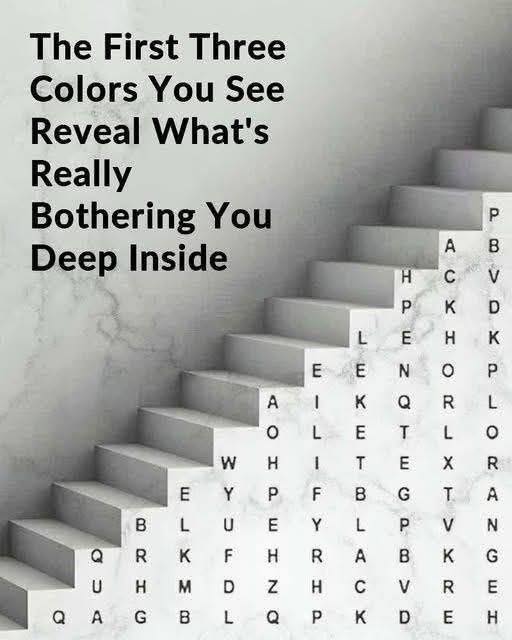Colors have a profound effect on our emotions and perceptions. They can reveal deeper layers of our psyche, sometimes unconsciously indicating what might be bothering us internally. The first three colors you see in a particular sequence can be a valuable tool for self-reflection, helping you understand what issues you may be grappling with internally.
Understanding Color Psychology
Color psychology is the study of how colors influence human behavior and emotions. Each color evokes specific feelings and associations. By analyzing the first three colors you notice, you can gain insights into your current emotional state and underlying concerns.
The First Color: Anxiety and Stress
The first color you see often highlights your immediate emotional state. For example, if you notice the color red, it may indicate anxiety or stress. This color evokes feelings of urgency and can signal an overwhelming situation in your life. If you consistently see red, consider taking a step back to evaluate what is causing your stress and take proactive measures to mitigate it.
The Second Color: Relationships and Connections
The second color can reveal insights about your relationship dynamics. If you see blue, it might point to a need for communication and connection with loved ones. Blue often represents calmness and trust but can also signify feelings of sadness or loneliness. Reflect on your relationships and consider whether you need to reach out more and foster deeper connections.
The Third Color: Self-Discovery and Personal Growth
The third color you notice often speaks to your journey of self-discovery. Seeing green may symbolize a desire for growth, harmony, and stability. It can signify an internal calling to nurture yourself and your aspirations. Take this opportunity to focus on your personal development and set goals that align with your values and deep-seated desires.
How to Utilize This Insight
To effectively use color as a tool for self-awareness, take a moment each day to notice the colors around you. Keep a journal to document your feelings associated with those colors. This practice can help you uncover patterns in your emotional state and guide you toward healing and fulfillment.
By paying attention to the colors that resonate within you, you can navigate your inner landscape more effectively, fostering peace and understanding in your life.

